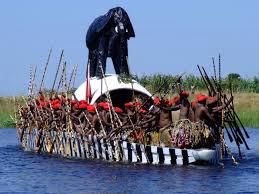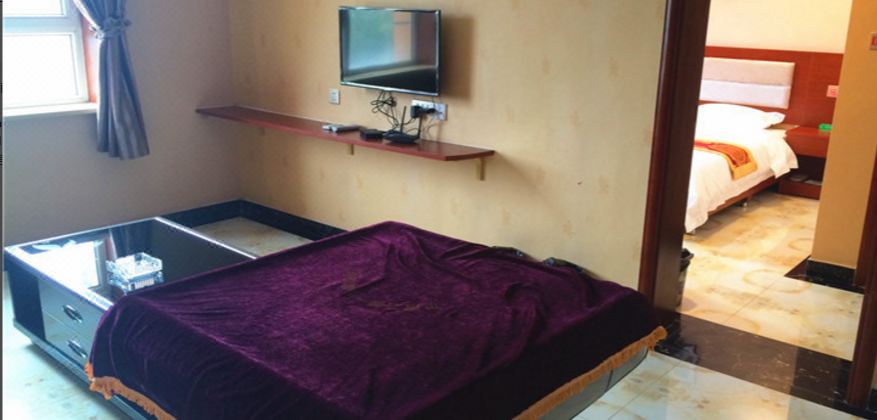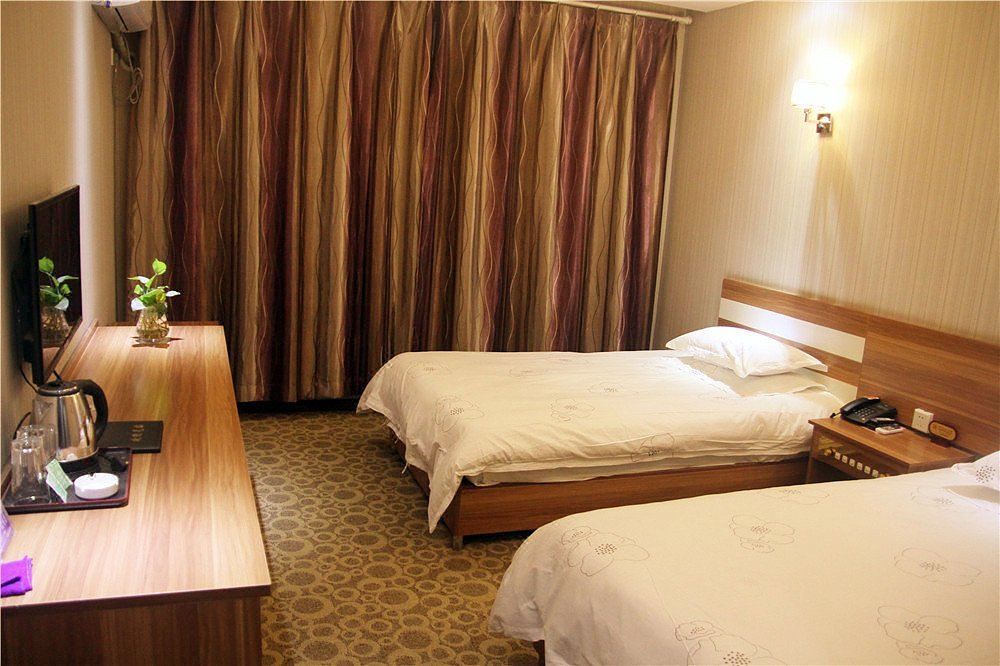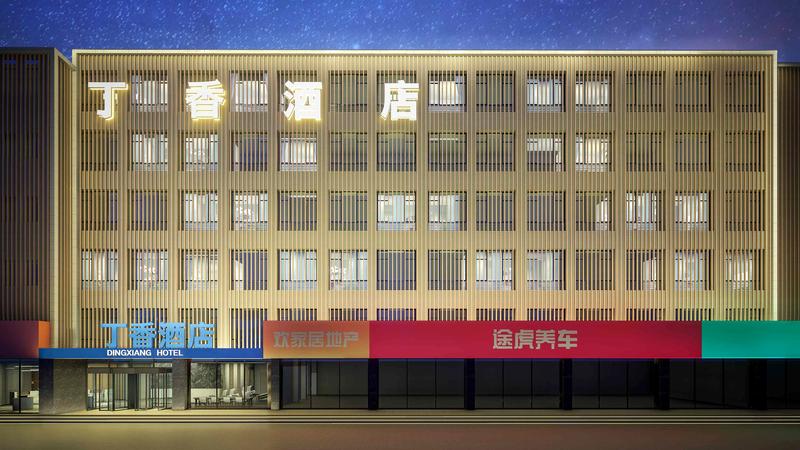本资料来源于相关英文旅游网站:http://www.zambiatourism.com/destinations/rivers/zambezi The Zambezi is Africa’s fourth largest River system, after the Nile, Zaire and Niger Rivers. It runs through six countries on it’s journey from central Africa to the Indian Ocean. Its unique value is that it is less developed than others in terms of human settlement and many areas along it’s banks enjoy protected status. 赞比西河是非洲第四大河,名列尼罗河,刚果河,尼日尔河之后。它发源于中非,流经六个国家,最后注入印度洋。它的奇特之处在于这一带至今尚未得到开发,少有人类活动,河两岸成为保护区。 It’s power has carved the spectacular Victoria Falls and the zigzagging Batoka Gorge. The Zambezi has been harnessed at various points along the way including the massive Kariba Dam between Zambia and Zimbabwe and Cabora Bassa Dam in Mozambique. Plans for another dam at the Batoka gorge have fortunately been shelved. 河流的力量造就了风景奇妙的维多利亚瀑布,还有蜿蜒曲折的巴托卡峡谷。 赞比西河一路在不同地点被截流,比如赞比亚和津巴布韦两国之间的庞大的卡里巴大坝和处在莫桑比克的卡布拉巴萨大坝。幸运的是,在巴托卡峡谷再建造一个大坝的计划被搁置起来。 The River’s beauty has attracted tourists from all over the world providing opportunities for a myriad of water sports and game viewing. 世界各地的游客为这条河流的美丽慕名而来,为的是有机会进行酣畅的水上运动和观看狩猎。 Running for a length of 2700kms, it begins it’s journey as an insignificant little spring in the corner of north-west Zambia in the Mwinilunga District. It bubbles up between the roots of a tree, very close to the border where Zambia, Angola and Zaire meet. 赞比西河总长度2700千米,难以想象它起源于赞比亚西北部Mwinilunga 地区一隅,一开始仅是一处泉眼。并不起眼。在树根间它喷涌而出,这里靠近赞比亚安哥拉刚果三国交界地带。 It enters Angola for about 230kms, where it accumulates the bulk of its headwater drainage, and re-enters Zambia again at Cholwezi rapids flowing due south but substantially enlarged by the entry of various tributaries. 它流经安哥拉大约230千米,在这里它积蓄了力量,在Cholwezi激流那里 再次进入赞比亚境内,一路向南,又汇集了众多的支流。 This upper part of the river is thinly populated by pastoralists, farmers and fishermen and although wildlife is sparse it is remarkably free of pollution. This is also the scene of the remarkable Ku-omboka Ceremony where thousands of inhabitants move annually to higher ground as the Zambezi floods into the low lying plains. 赞比西河的上游地广人稀,只有牧民农民渔夫少量人群居住,虽然野生动物稀少却少有污染???在此你可以目睹一年一度的著名的Ku-omboka 仪式,通过这个仪式,赞比西河洪水泛滥进入低地平原时成千上万居民向高处转移。 
The name means "to get out of the water onto dry ground". Every year towards the end of the rainy season as the flood plain of the upper Zambezi Valley rises, the Lozi people make a ceremonial move to higher ground. When the Chief decides that it’s time to leave (anytime from February to May), the drums signal to all the people. They pack their belongings into canoes and the whole tribe leaves en mass. 这项活动的意思是指“从水中走向高地”。每年雨季快要结束时,赞比西河谷因为洪水开始上涨,当地Lozi人举行一个迁往高地的传统仪式,部落首领一旦认定到了迁移的时候,就擂起鼓来把信号传达给所有的人,他们收拾行李,登上独木舟,整个部落一起离开原住地。 The chief in his barge with his family and a troop of traditionally dressed paddlers, in the lead. It takes about six hours to cover the distance between the dry season capital Lealui, and the wet season capital Limulunga. There the successful move is celebrated with traditional singing and dancing. This ceremony dates back more than 300 years when the Lozi people broke away from the great Lunda Empire to come and settle in the upper regions of the Zambezi. The vast plains with abundant fish was ideal for settlement but the annual floods could not be checked, so every year they move to higher ground until the rainy season passes. 部落首领乘着驳船,带着家人和一群身着传统服饰的船夫领头。从雨季之都Limulunga到旱季之都Lealui之间的距离要花六个小时才能走完。为了庆祝迁移成功,人们按照传统载歌载舞。这个仪式历史可以追溯到三百多年前,那时Lozi人从lunda帝国分裂出去,开始在赞比西河上游定居。。这里平原广阔,鱼产丰富,是个过日子的好地方。但是每年一次的洪水不可阻挡,因此每年大家迁移到高处直到雨季结束。
It passes through the flat sandy country of the Western Province, then traverses the broad, annually flooding Barotse Plains, where much of the water is lost to evaporation, then over more rocky country where it’s tranquil course is interrupted by the Barotse falls and rapids.
赞比西河先流经西部省平坦的沙地,然后漫过Barotse 平原,这里很辽阔,每年洪水肆孽。在这一带河水被蒸发了许多,然后它静静地流过一片岩石地带,这种宁静遇到Barotse 瀑布群和激流群戛然而止。
As it turns to an easterly direction it forms the border between Zambia and Namibia and eventually joins up with the Chobe River in the Caprivi Swamps, briefly forming a border with Botswana.
随着河流转向东,它成了赞比亚和纳米比亚两国的界河。最后在Caprivi沼泽地和Chobe河汇合,又成了赞比亚河和博茨瓦纳的分界线。
For the next 500kms it serves as the border between Zambia and Zimbabwe thundering over the Victoria Falls and through the narrow, steadily deepening Batoka Gorge, providing a fantastic playground for white water rafting, kayaking, river boarding and jet boating.
接下来的五百千米,这条河成了赞比亚和津巴布韦的界河,声势浩大地流过维多利亚大瀑布,再流过狭窄而幽深的巴托卡峡谷。这里是游玩的胜地,可以激流漂筏,可以划皮船,进行河上帆板运动,也可以尝试喷水推进艇。
From here the steep sides of the gorge eventually flatten out at the broad Gwembe Valley.
Then it flows into the Kariba dam for 281kms – it’s width at one point being 40kms.
From the dam wall the river travels due north, heading east again at Chirundu.
从这里开始 峡谷陡峭的两侧渐渐平缓起来,直到宽阔的Gwembe山谷。然后 河流流进了卡里巴大坝,在卡里巴湖奔流281千米,最宽处达40千米,从大坝这里河流一直向北,在Chirundu又掉头向东。
Here it is flanked by the Lower Zambezi National Park on the Zambian side and Mana Pools National Park on the Zimbabwean side. This middle zone supports one of Africa’s most important wilderness areas.
After the Luangwa confluence, it’s a much larger Zambezi that flows into Mozambique and out towards the Indian Ocean, having provided power, food, pleasure and transport for many and a home for untold numbers of wildlife along it’s journey.
在这里赞比西河两侧开始出现国家公园,一个叫做赞比西低地国家公园,它归属赞比亚,一个叫做马那波尔斯国家公园,它归属津巴布韦。中间地带构成了着非洲最重要的狂野地带。在卢安瓜与众多支流汇合后,赞比西河声势浩大,流进莫桑比克,最后流进印度洋。赞比西河在其漫长的旅途中,为人类提供电力,食物,游乐,也提供了交通水道,不计其数的野生动物在它身边找到了栖息的家园。
读后感:到赞比西河去旅行目前是美好的向往,是一个梦想(homeland for my soul),要圆这个梦需要如下条件 :
1 像唐僧取经那样的志向
2 至少12000人民币(含签证,机票,)
3 至少20天的假期或闲暇时间
4 健康的体魄
Zambia is a high malaria area so we recommend taking Anti malaria tablets. Bear in mind that malaria is a much higher risk during or just after the rainy season.
赞比亚是疟疾的高发地区,因此我们推荐你带上抗疟疾的药物。牢记疟疾的染病概率在雨季或雨季后较高。
5 旅行签证
6 对非洲气候人文自然的了解,选择旅行的合适季节。
7 最好是克服语言沟通的障碍。
8 在当地必要的旅伴。
9 游泳的技能
第2/3/5项是必须的。而6/7两项是很重要的。










